By Brandon Redlinger, Engagio
 Engagio is a member of the ABM Leadership Alliance, which is a group of experts who provide B2B marketers with guidance and oversight on how to leverage technology to create a high-performing ABM strategy.
Engagio is a member of the ABM Leadership Alliance, which is a group of experts who provide B2B marketers with guidance and oversight on how to leverage technology to create a high-performing ABM strategy.
If you have or are considering an ABM program, you know that your sales and marketing teams must align on the companies you’re going to target. But that’s not the only time your teams need to be on the same page. They also need to speak the same language when it comes to the metrics you track and what it means for a prospect to be “qualified.”
In demand generation, marketers have long used marketing qualified leads (MQLs) to designate leads they consider worthy for sales. However, salespeople aren’t measured on the number of leads they close — they’re measured on the number of accounts they close. If you’re moving forward with an ABM strategy, this type of disconnect between both teams will hinder the success of the program.
For both teams to be aligned, you must clearly define what a qualified lead looks like. Because ABM is account-centric and requires different metrics than traditional MQLs, you should use marketing qualified accounts (MQAs) instead. MQAs are a subset of your ideal customer targets and they show engagement levels that indicate possible sales readiness. Think of it this way: while the MQL relates to one lead, the MQA is for the entire account that is ready to go to sales.
As you move forward with ABM and prepare to move to an MQA model, here are some account-level metrics that you will need to pay attention to:
- Coverage: This indicates whether you have the right data on your target account. Are you targeting the right people within an organization? Do you know the size of the organization and do you have all the geographical information needed to properly target the account? To determine if you have a MQA, you must first determine whether you have accurate coverage of the target account.
- Awareness: If a prospect is going to buy, they’re going to spend time on your website. Another step for determining if an organization is a MQA is if they’re aware of your company. This can be difficult to measure, but a good place to start is with branded web traffic and user interactions, such as the open rate of email newsletters.
- Engagement: This is tied closely to awareness because it lets you know how much time the individuals within an account are spending with your company. One of the best ways to measure engagement is to attribute minutes to the number of actions a prospect takes. For example, if a prospect opens an email, you might attribute one minute of engagement to that action. Downloading an E-book or scheduling a meeting with a sales representative might receive ten or 30 minutes, respectively. Based on the amount of time/engagement you see with a few decision makers at one organization, you can determine if the organization qualifies as a MQA.
Now that we’ve defined what an MQA is and we’re paying attention to the right signals, we must begin to look at the criteria that make up MQAs:
- Company: When determining if an organization should be considered a MQA, you must look at it as a collective whole and the level of engagement it’s showing. For example, your sales and marketing team may determine that a large enterprise needs to show more engagement from more people than a small company. Or, perhaps you accept a lower threshold from target accounts than non-target accounts. Both teams need to work together to determine what level of engagement is required for different types of companies.
- Personas: To move an account into MQA status, it’s important to also look at personas and their level of engagement. Perhaps your teams require a certain amount of engagement from key personas in specific buying centers and at least some engagement from a senior executive.
- Actions: There are certain actions known as “act nows” that always make an account marketing qualified. For example, if a particular demo is accessed by two different people at an account, or a director-level contact requests a meeting, the account should be considered an MQA and your sales team should be alerted about the opportunity.
- Exclusion lists: While it’s important to know what makes up a MQA, it’s also worth noting that you may want to exclude certain accounts as well. This could be because they’re partners or companies that don’t fit account criteria.
A simple example of an MQA could look like this: two key stakeholders at a target account spend 25 minutes of engagement with you over the last 30 days. You could then adjust that for different tiers of target accounts.
For an ABM program to be successful, it requires consistent communication between the sales and marketing teams. Both teams need to come together to define what it means to be “qualified” and which metrics will be used to measure performance. Then, they must work together to establish clear expectations on what happens once an account is qualified. When both teams work together, prospects are able to more effectively move through the funnel, close rates increase and the entire company benefits.
Brandon Redlinger is the director of growth at Engagio and is obsessed with anything account-based marketing and sales related. He has been in sales and marketing his entire career, leading teams across the country from New York City to Denver to the San Francisco Bay Area.




